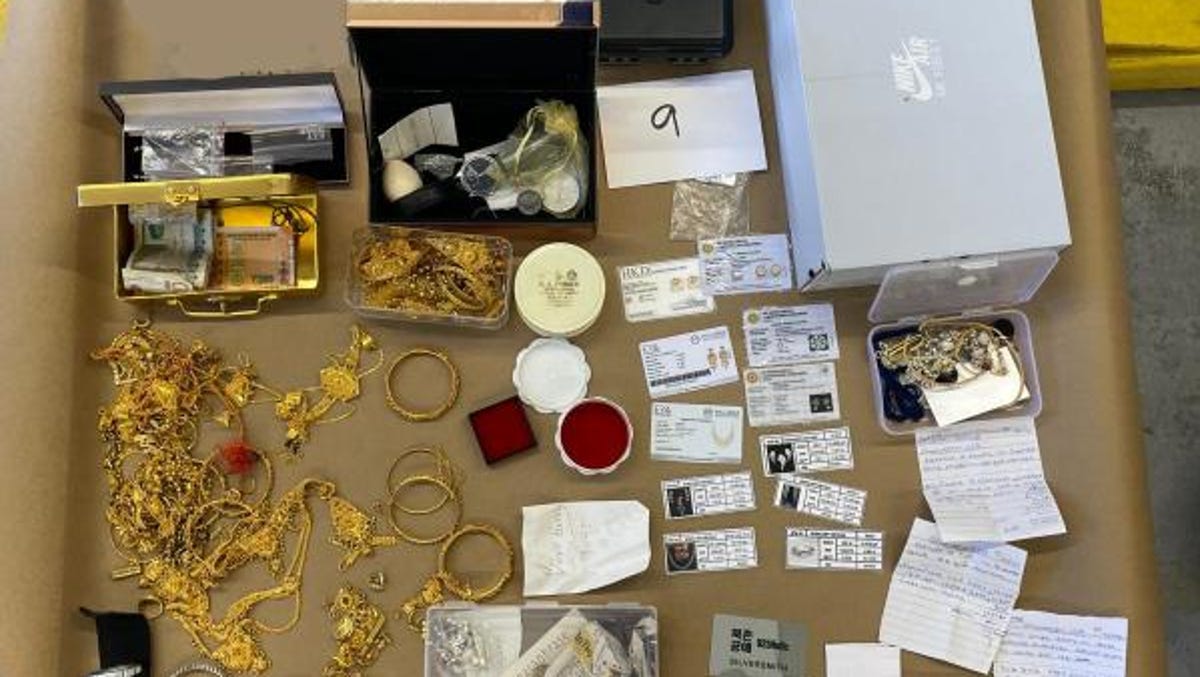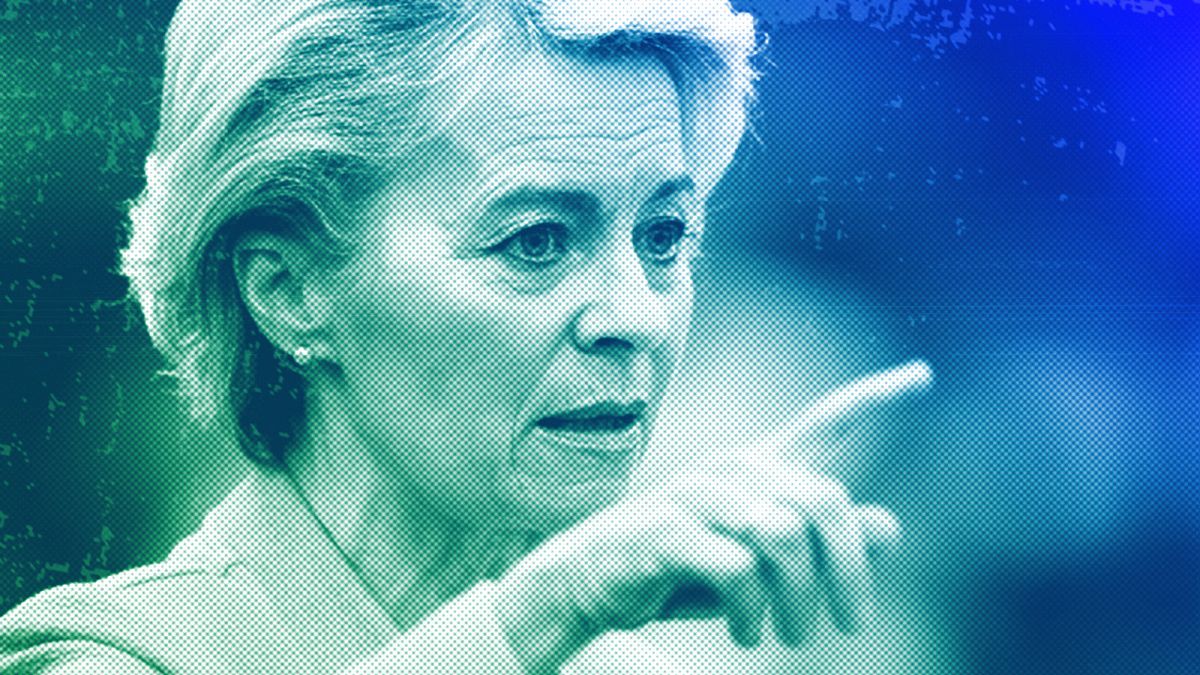Health
Canadian wildfire smoke disrupting air quality for millions of Americans: ‘Can travel deep into the lungs’
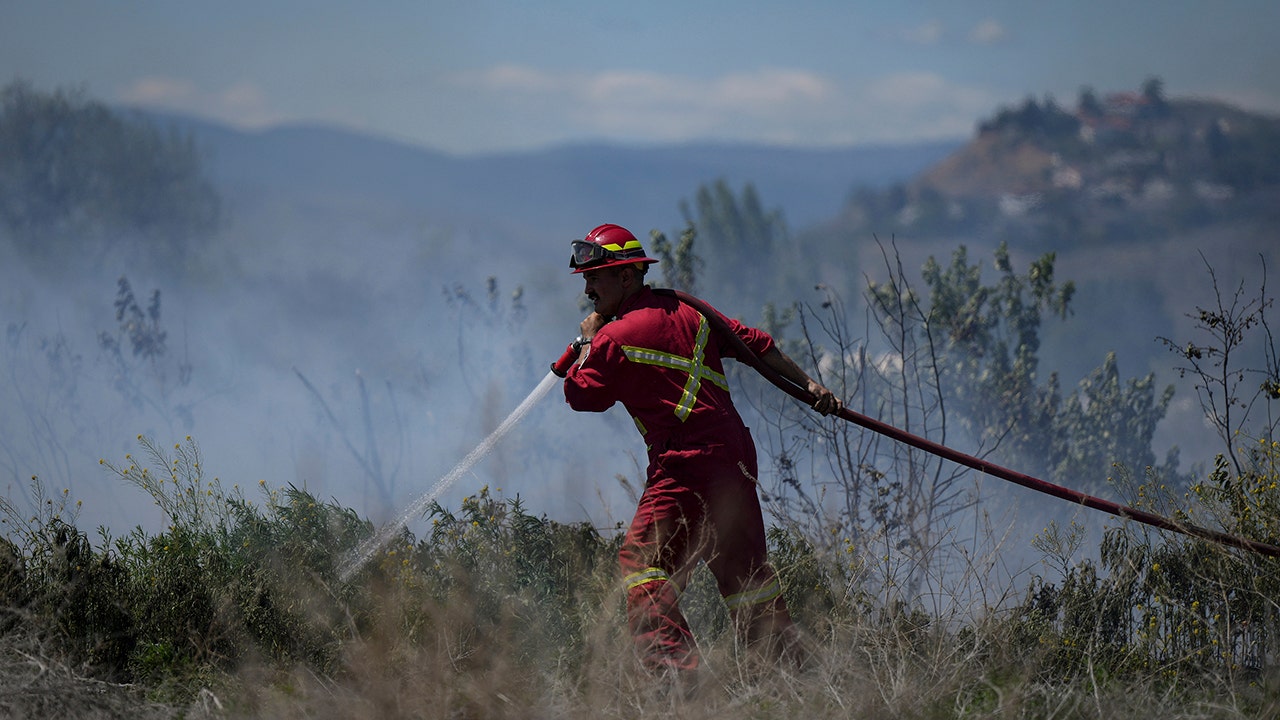
The air quality in the New England states may be unhealthy for millions of Americans right now — especially for those with underlying medical conditions — due to a surge in Canadian wildfires in Quebec and Northern Ontario, according to a recent Environmental Protection Agency (EPA) press release.
“Areas predicted to exceed the federal air quality standard for 24-hour particle pollution level concentrations on June 6 are: Connecticut, Massachusetts, New Hampshire (central, south and western parts of the state), Rhode Island, and Vermont,” the release said.
Satellite images show toxic smoke drifting near the surface of the air from Chicago and Indianapolis to Cincinnati and Wisconsin — suggesting people were breathing in the harmful air from Wisconsin to West Virginia on Sunday, per recent reports.
NOVA SCOTIA WILDFIRE SENDS EAST COAST AIR QUALITY PLUMMETING
And on Tuesday, people in the Northeast, including in New York and the New York City area, were breathing in “unhealthy” air as the region was blanketed in smoke from the Canadian wildfires, according to numerous reports — prompting air quality alerts for the Big Apple and much of the Northeast, according to Fox Weather.
Local officials have advised New Yorkers to limit any strenuous outdoor activity and urged those who have trouble breathing to stay inside.
A firefighter directs water on a grass fire on an acreage behind a residential property in Kamloops, British Columbia, on Monday, June 5, 2023. No structures were damaged, but firefighters had to deal with extremely windy conditions while putting out the blaze. (Darryl Dyck/The Canadian Press via AP)
New England smoke may “linger” over the next few days — but the locations could change, so the EPA recommended that people stay in touch with the EPA New England’s Air Quality Index (AQI) for the most current air quality conditions.
“Wildfires increase air pollution in surrounding areas and can affect regional air quality.”
“Larger and more intense wildfires are creating the potential for greater smoke production and chronic exposures in the U.S., particularly in the West,” the EPA told Fox News Digital.
“Wildfires increase air pollution in surrounding areas and can affect regional air quality.”
RAIN BRINGS HOPE IN BATTLING WILDFIRE IN NOVA SCOTIA AS EVACUATIONS CONTINUE
A previous 2016 study discovered that people who lived in New England over age 65 had a higher risk of premature death from particle pollution.
Fox News Digital interviewed a lung expert about the issue — and the EPA to explain how wildfire smoke is harmful to our health and give some helpful tips to stay safe when around it.
‘So dangerous it can shorten your life’
Particle pollution is a mixture of very small solid and liquid particles in the air that people breathe in every day, according to the American Lung Association.
“It is so dangerous that it can shorten your life,” the lung association noted on its website.
“Wildfire smoke produces very small particulate matter (PM) — 2.5 microns and smaller, that can travel deep into the lungs,” said Dr. Baljinder S. Sidhu.
Previous research, which examined air quality in 545 counties in the U.S. between 2000 and 2007 found that people — especially women and people who lived in urban and densely populated areas — increased their life expectancy by approximately four months on average due to cleaner air.
WILDFIRES MAY THREATEN INPATIENT HEALTH CARE FACILITIES IN MANY CALIFORNIA COUNTIES, STUDY SAYS
These particles are often too small to actually see, but the air becomes opaque when levels are high.
Scientists classify the particles as coarse, fine and ultrafine, depending on their size.
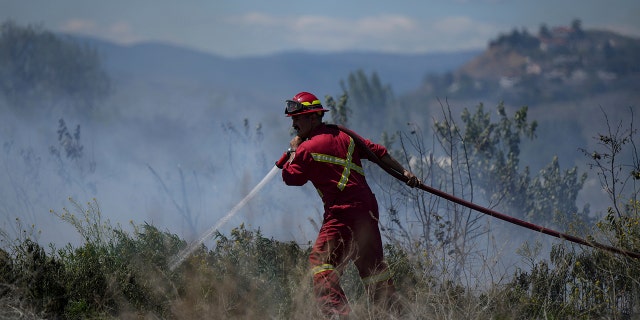
A firefighter is shown directing water on a grass fire on an acreage behind a residential property in Kamloops, British Columbia, on Monday, June 5, 2023. (Darryl Dyck/The Canadian Press via AP)
Coarse particles are between 2.5 microns and 10 microns in diameter, fine particles are 2.5 microns in diameter or smaller and ultrafine particles are smaller than 0.1 micron in diameter.
“Wildfire smoke produces very small particulate matter (PM) — 2.5 microns and smaller, that can travel deep into the lungs,” said Dr. Baljinder S. Sidhu, a pulmonologist and sleep specialist who is the co-owner of Pacific Coast Critical Care Group in Southern California.
“Children, pregnant women, and the elderly are especially vulnerable to smoke exposure.”
Recent research found that fine particles specifically from wildfire smoke may be more toxic to people, up to 10 times more harmful on human health than fine particles from other sources.
What are the effects of smoke?
“The effects of smoke from wildfires can range from eye and respiratory tract irritation to more serious disorders, including reduced lung function, bronchitis, exacerbation of asthma and heart failure, and premature death,” the EPA said.
“Children, pregnant women, and the elderly are especially vulnerable to smoke exposure,” the agency added.
“Emissions from wildfires are known to cause increased visits to hospitals and clinics by those exposed to smoke.”
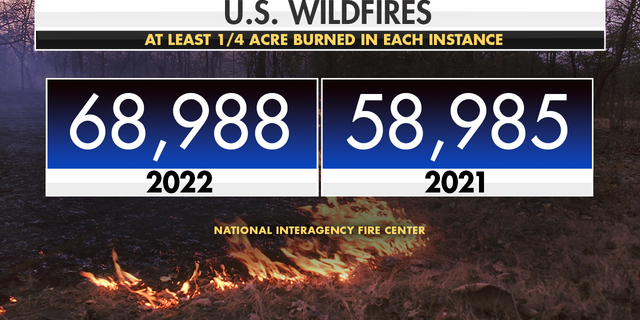
There were over 10,000 more wildfires last year compared to 2021. (Fox News)
The body’s natural defenses are able to cough or sneeze out the larger coarse particles, but they are not able to expel the smaller fine or ultra-fine particles, according to the American Lung Association’s website.
Some of the particles get “trapped” in the lung, but some are so small that are able to pass through into the bloodstream, the association added.
Regardless of the size of the particles, any size of the particles can all be harmful to your health, the American Lung Association added.
“We also encourage you to reduce your exposure outdoors during smoke events to reduce how much smoke you inhale,” the EPA said. “Limit your outdoor exercise when it is smoky, or choose lower-intensity activities to reduce your smoke exposure,” the agency added.
During days when the air is full of wildfire smoke, Dr. Sidhu recommended that people stay indoors and keep windows closed.
“When indoors, take steps to keep your indoor air cool and clean.”
The air quality can rapidly change due to smoke, the EPA noted.
CLICK HERE TO SIGN UP FOR OUR HEALTH NEWSLETTER
“The Air Quality Index is a total measure that includes PM, ozone, NO2, CO and sulfur dioxide,” Sidhu added.
“It has been well studied that levels over 100 can lead to increased exacerbations of asthma, COPD and other respiratory ailments in all ages, but particularly children and the elderly.”
The EPA encouraged people to stay up-to-date on current air quality and forecasts.
During days when the air is full of wildfire smoke, Dr. Sidhu recommended that people stay indoors and keep windows closed. “Using a N95 mask can filter 95% of PM 0.3 [micron size] and larger,” he said.
If driving, adjust the air conditioner controls so that the air is being recirculated, he said.
He also advised that people make sure their vehicle’s cabin air filter is in good working order and suggests considering upgrading to a HEPA filter.

Health
‘Sleep disorder drove my son to suicide,’ New York mother says: ‘Broke my heart’
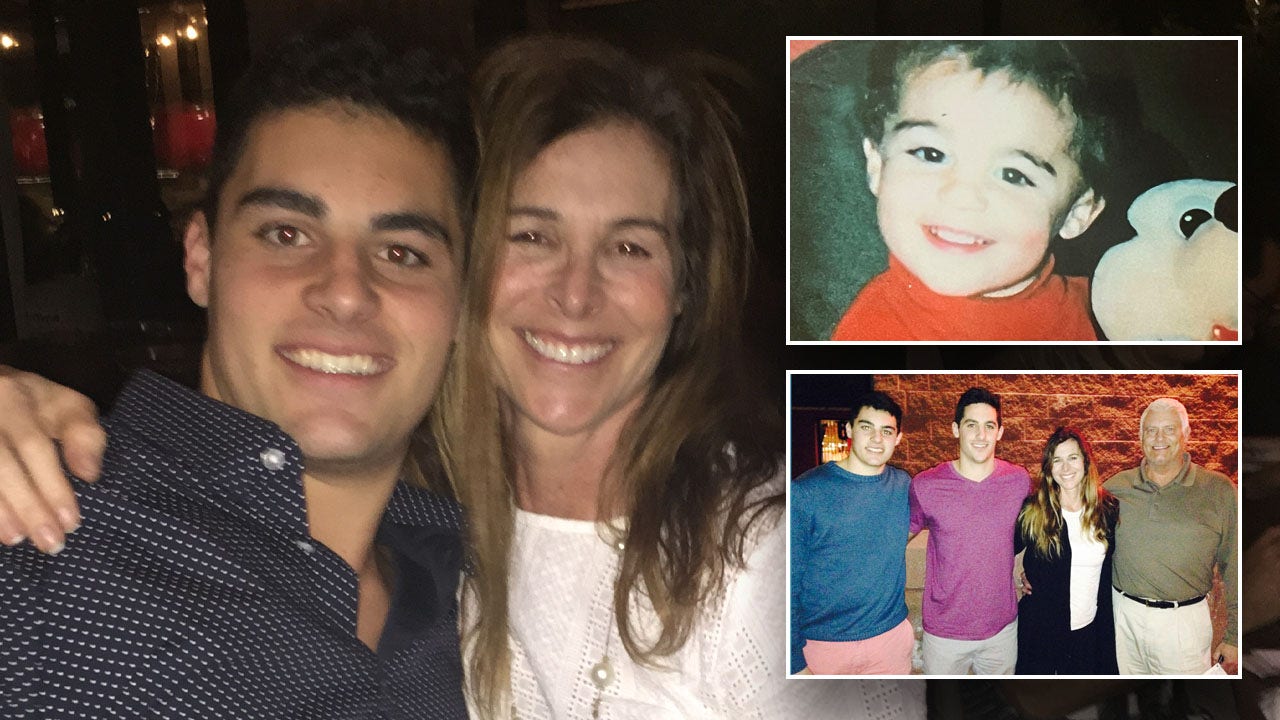
This story discusses suicide. If you or someone you know is having thoughts of suicide, please contact the Suicide & Crisis Lifeline at 988 or 1-800-273-TALK (8255).
Chronic lack of sleep can cause a long list of physical and mental issues — and for one young man, his mother believes it led to his death.
Derek McFadden was just 23 when he took his own life on Aug. 17, 2018, in Tucson, Arizona.
His mother, Robin McFadden, who lives in Tuxedo Park, New York, said she believes her son’s insomnia was the “only driver” of his suicide.
SLEEP DISORDERS AND SUICIDE: A MENTAL HEALTH EXPERT REVEALS THE CONCERNING LINK
Derek McFadden was an “extremely funny kid” who loved swimming, snow-skiing and cuddling, his mother said — but for most of his life, he struggled with debilitating insomnia.
At around 8 years old, he started taking small doses of sleeping medication, which helped for several years.
Derek McFadden, pictured at left with his mom Robin McFadden, was 23 when he took his own life on Aug, 17, 2018, in Tucson, Arizona. (Robin McFadden)
Around the time he turned 18, during his senior year of high school, the medication stopped working, McFadden said.
“He never got a good night’s sleep, but he soldiered through his school day and then would come home and lie down on his bed, exhausted, but couldn’t fall asleep,” she told Fox News Digital in an interview.
SUICIDE WARNING SIGNS ARE MISSED BY MOST AMERICANS, NEW SURVEY FINDS: IT’S ‘ALARMING’
McFadden took her son to multiple doctors and they tried different medications — none of which worked, she said.
“Derek would just lie there at night, and he was so tired, but he couldn’t fall sleep,” she said.
Amid the sleep struggles, her son managed to graduate from high school — but things got even worse when he left for college at the University of Arizona.

Derek McFadden, left, is pictured with his older brother Jake McFadden. (Robin McFadden)
He’d chosen Arizona because he was an “avid outdoorsman” who loved fly-fishing, going off-roading in his Jeep and spending time with his dog, which he’d adopted for emotional support.
“Our hope was that with Derek being in Arizona, the sunshine during the day would stimulate his brain to wake up so he could go to sleep at night, but it just didn’t work,” McFadden said.
The doctor’s visits continued, but none of the experts could figure out what was causing the insomnia.
“There was something wrong in his brain that was preventing him from sleeping.”
“Every doctor would assume it was sleep hygiene, and that he was doing something wrong,” McFadden said.
AMERICANS NEED MORE SLEEP, LESS STRESS, EXPERTS SAY, AS GALLUP POLL REVEALS TROUBLING FINDINGS
“They assumed that because he was 18, 19 or 20 years old that he was playing video games all night.”
She added, “But Derek knew sleep hygiene. He had done so much research on his own. There was something wrong in his brain that was preventing him from sleeping.”
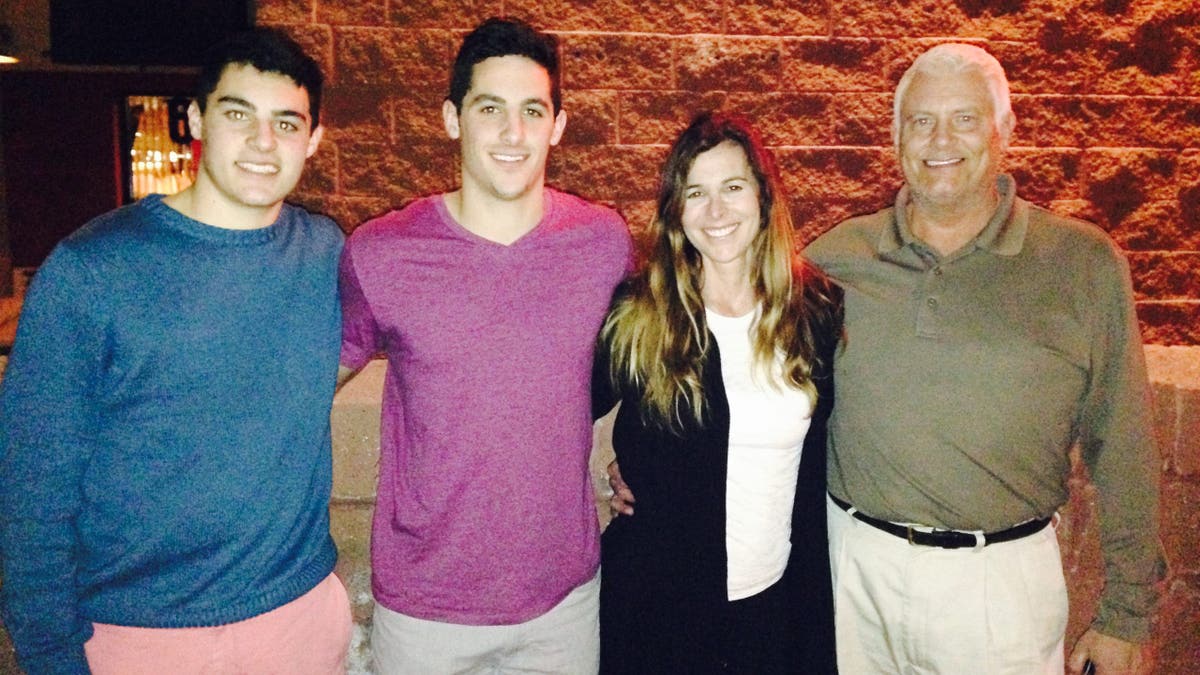
Derek McFadden, far left, is pictured with his brother, mother and father. (Robin McFadden)
The family looked into holistic approaches, including hypnosis, acupuncture and “brain training,” but “nothing seemed to work,” McFadden said.
Many nights, he would go the entire night without sleeping — sometimes up to three days in a row, she said.
“It was really, really bad,” McFadden said.
Physical and mental toll
As the months went by and sleep continued to elude her son, McFadden said it began to take a toll on his immune system.
After consecutive nights without sleeping, he developed bruises all around his eyes.
SUICIDE RATES REACH ALL-TIME HIGH IN US, PER CDC DATA
“Derek was constantly getting sick, and that made him feel like he was not a normal kid,” she said. “He just couldn’t fight anything off. He was always at Urgent Care.”
Her son developed severe acid reflux and stomach pain, to the point where it became difficult for him to eat.
“Sometimes his insomnia got so severe that he couldn’t keep any food or fluids down at all,” McFadden said.
Multiple times, he ended up in the emergency room with dehydration and severe cramping, she said.
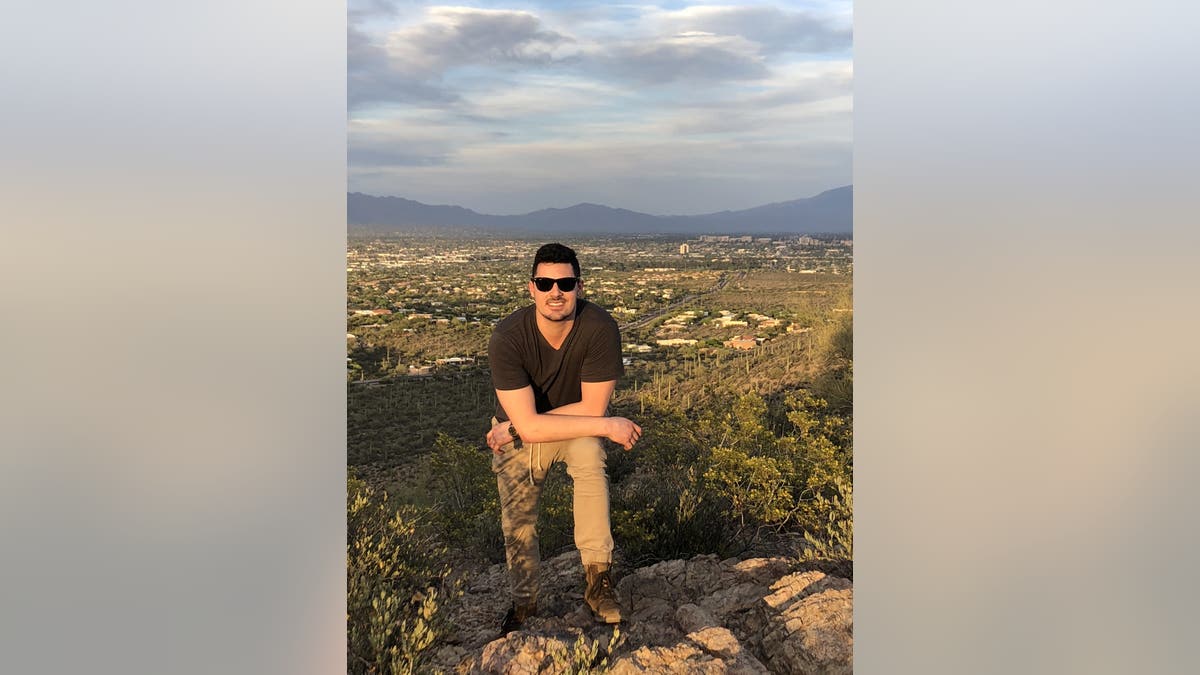
Derek was an “avid outdoorsman” who loved fly-fishing, going off-roading in his Jeep and spending time with his dog, which he’d adopted for emotional support, his mother said. (Robin McFadden)
The lack of sleep also changed her son’s demeanor and personality, McFadden said.
“Derek had tremendous mood swings — he became anxiety-ridden and depressed,” she recalled.
“He would have hallucinations, and was constantly losing things. He couldn’t think clearly.”
On the rare occasion that her son had a good night’s sleep, McFadden said, he was “a completely different person, as happy as could be.”
IMPROVE YOUR SLEEP BY OPTIMIZING 6 BIOMARKERS: ‘INTEGRAL TO HEALTH’
“It broke my heart, because he was such a happy, funny, huge-hearted person, and it was really sad to watch his decline.”
Unable to keep up with his studies, her son had to drop out of college.
“He couldn’t even hold a job because he couldn’t sleep at night,” McFadden said.
“He saw there was no cure, no future, and he just didn’t see a point in going on.”
In July 2018, when her son came home from Tucson for the summer, McFadden knew something had shifted.
“We were sitting on the sofa and he said to me, ‘Mom, I’m gonna die young,’” she recalled.
“And I said, ‘Derek, why do you say that?’ And he said, ‘Because my mind and body can’t take the sleep deprivation.’”

Derek McFadden, left, is pictured with his older brother. After the tragedy, his mother said she realized her son had likely been planning his suicide in recent weeks. (Robin McFadden)
Her son had also expressed that he didn’t want to have children because he didn’t want to pass on the disorder, McFadden said.
“He saw there was no cure, no future, and he just didn’t see a point in going on,” she said. “Physically, he was starting to fall apart, and mentally, his cognitive ability was going.”
“Physically, he was starting to fall apart.”
Four weeks later, McFadden got an early-morning call from the Tucson Police Department notifying her that her son had taken his life.
After the tragedy, McFadden realized that her son had likely been planning his suicide in recent weeks.
FOR QUALITY SLEEP, TIMING IS EVERYTHING, EXPERTS SAY: HERE’S THE SECRET OF SUCCESSFUL SLUMBER
“He had contacted some old friends, and in his text messages and phone calls, he sounded very serene, relieved and calm,” she recalled. “I truly believe Derek had made the decision. He just saw no future for himself.”
The sleep-suicide link
Studies have suggested a likely connection between sleep and suicide.
Research published in the journal Current Psychiatry Reports found that treating insomnia and nightmares, or addressing the source of those issues, could help prevent “the rising threat of suicide.”
“Sleep is crucial for emotional and psychological balance.”
Dr. Brett Osborn, a Florida neurologist and longevity expert with the firm Senolytix, said there is a “significant body of research” suggesting a link between sleep deprivation and an increased risk of suicide.
“Sleep is crucial for emotional and psychological balance,” he told Fox News Digital in an interview.
“Lack of sleep can lead to mood disturbances, irritability and decreased stress tolerance, all of which can worsen feelings of despair or depression — potentially leading to suicidal thoughts.”

On the rare occasion that her son had a good night’s sleep, McFadden said, he was “a completely different person, as happy as could be.” Derek McFadden is pictured here with his mother, Robin McFadden. (Robin McFadden)
Sleep deprivation can also affect cognitive functions, the doctor continued.
“This impairment can make it harder for individuals to see alternative solutions to problems or seek help, potentially increasing the risk of suicidal behavior,” he said.
LACK OF SLEEP COULD BE A FACTOR IN A ‘SILENT EPIDEMIC,’ EXPERTS WARN
Sleep problems are also commonly associated with psychiatric disorders, such as depression and anxiety, which are themselves significant risk factors for suicide, according to Osborn.
“Sleep pathology is extremely complex and challenging, because sleep itself is poorly understood.”
“Insomnia and disrupted sleep patterns are particularly prevalent in these conditions,” he warned. “This can be a source of diagnostic confusion and resultant treatment errors.”
Sleep also affects various biological processes, Osborn noted — “including the regulation of neurotransmitters like serotonin (which is involved in mood regulation) and stress hormones like cortisol.”
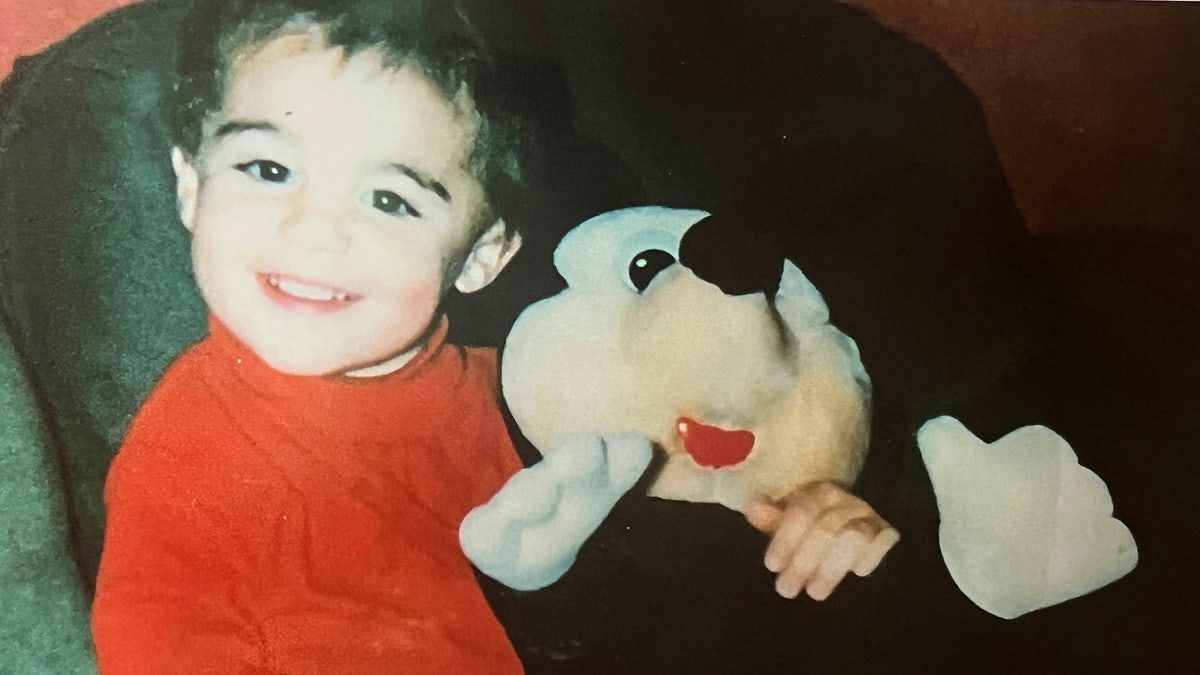
Derek McFadden was an “extremely funny kid” who loved swimming, snow-skiing and cuddling, his mother said. (Robin McFadden)
“Chronic sleep deprivation may lead to dysregulation in these systems, which could contribute to depressive symptoms and suicidal ideation.”
While the majority of insomnia patients respond to lifestyle changes and/or medications, Osborn noted, there is a subset of patients who are “more difficult to manage.”
“Often, there are underlying medical problems, like reflux, that fly under the radar and predispose the individual to insomnia,” he told Fox News Digital.

Derek McFadden, center, in cap and gown, is pictured with his family at his high-school graduation. (Robin McFadden)
“Another issue is the potentially reciprocal relationship between depression and anxiety,” Osborn said.
“Sleep pathology is extremely complex and challenging, because sleep itself is poorly understood,” he continued. “A multimodal, interdisciplinary approach — involving a psychiatrist and a sleep specialist — is always best.”
SURPRISING SLEEP TRENDS REVEALED IN NEW SURVEY, INCLUDING THE RISE OF ‘SCANDINAVIAN SLEEPING’
Dr. Marc Siegel, clinical professor of medicine at NYU Langone Medical Center and a Fox News medical contributor, agreed that there is a proven link between insomnia, stress, anxiety and depression.
“Since suicide is a manifestation of severe depression, I think there is a link there, too, though insomnia wouldn’t be the entire cause,” he told Fox News Digital.

Fly-fishing was one of Derek McFadden’s favorite hobbies. (Robin McFadden)
Siegel refers to it as a “cycle of worry.”
“Anxiety interferes with sleep, which then makes you more anxious and more sleepless, especially if you add caffeine to combat the grogginess,” he said.
During sleep, the brain relaxes and “cleanses” itself, Siegel said.
CLICK HERE TO SIGN UP FOR OUR HEALTH NEWSLETTER
“Waking up refreshed can improve mood, especially when accompanied by exercise,” he noted.
For those with severe insomnia, Siegel recommends undergoing a full sleep study/evaluation — typically with an EEG or video monitoring — to help determine the causes.
“Severe, resistant cases require evaluations by sleep specialists, neurologists and psychiatrists,” he added.
Call for awareness
The most “disheartening” part of her son’s tragedy, according to McFadden, was a lack of support from the health community, in her view.
“Other than sleep apnea and bad sleep hygiene, the medical community does not seem to believe that severe insomnia really exists,” she told Fox News Digital.
“And that just infuriates me.”
Today, McFadden’s goal is to raise awareness of chronic insomnia — “because there are so many people in this world who are suffering from this.”
For more Health articles, visit www.foxnews.com/health.
Health
Bird flu virus found in grocery store milk, but no risk to customers, FDA says
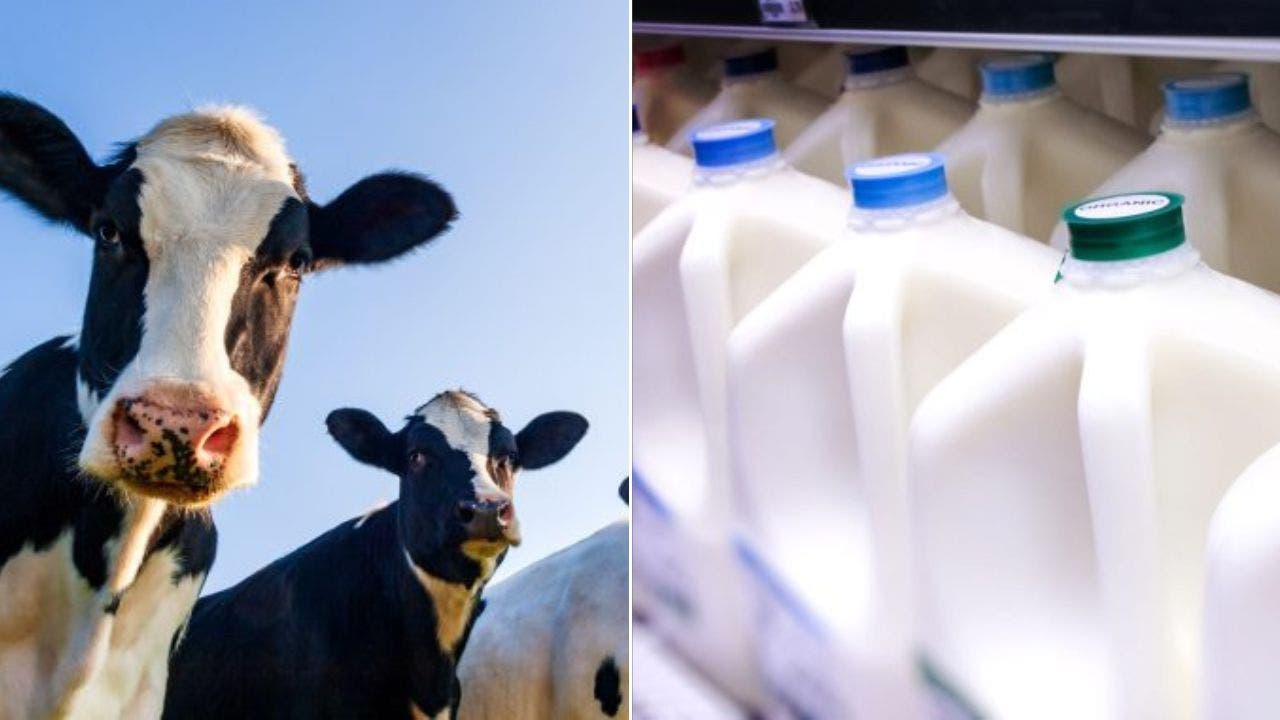
CDC issues alert over bird flu case
Fox News medical contributor Dr. Marc Siegel on what to know about bird flu and why it is important to not look directly at the solar eclipse without proper glasses
Samples of pasteurized milk on grocery store shelves have tested positive for remnants of the bird flu virus that has already infected herds of dairy cows, the U.S. Food and Drug Administration (FDA) said Tuesday.
The FDA stressed that the material is inactivated and that the findings “do not represent [an] actual virus that may be a risk to consumers.” Officials added that they’re continuing to study the issue.
Bird flu virus, known as Highly Pathogenic Avian Influenza (HPAI) or H5N1, is a disease that is highly contagious and often deadly in poultry.
Infection with the virus causes decreased lactation, low appetite and other symptoms in affected cattle, the FDA says.
CDC ISSUES BIRD FLU HEALTH ALERT TO CLINICIANS, STATE HEALTH DEPARTMENTS, PUBLIC AFTER TEXAS FARMER INFECTED
The FDA says pasteurized milk on grocery store shelves has tested positive for remnants of the bird flu virus, but there is no risk to customers’ safety. (iStock)
The FDA and U.S. Department of Agriculture (USDA) said that commercial milk supply is safe because of the pasteurization process.
The pasteurization process involves killing harmful bacteria and viruses by heating milk to a specific temperature for a set period of time to make milk safer. Federal regulations require milk that enters interstate commerce to be pasteurized.
“The pasteurization process has served public health well for more than 100 years,” the FDA said. “Even if [the] virus is detected in raw milk, pasteurization is generally expected to eliminate pathogens to a level that does not pose a risk to consumer health.”
“To date, we have seen nothing that would change our assessment that the commercial milk supply is safe.”
Pasteurization is different from complete sterilization, which extends shelf life but is not required to ensure milk safety, the agency said.
Officials with the FDA and the USDA had previously said milk from affected cattle did not enter the commercial supply. Milk from sick animals is supposed to be diverted and destroyed.
FDA officials did not indicate how many samples they tested or where they were obtained. The agency has been evaluating milk during processing and from grocery stores, officials said. Results of additional tests are expected in “the next few days to weeks.”
The PCR lab test the FDA used would have detected viral genetic material even after a live virus was killed by pasteurization or heat treatment, Lee-Ann Jaykus, an emeritus food microbiologist and virologist at North Carolina State University told the Associated Press.
AVIAN INFLUENZA: SYMPTOMS OF THE DISEASE AND HOW IT AFFECTS BIRDS AND HUMANS
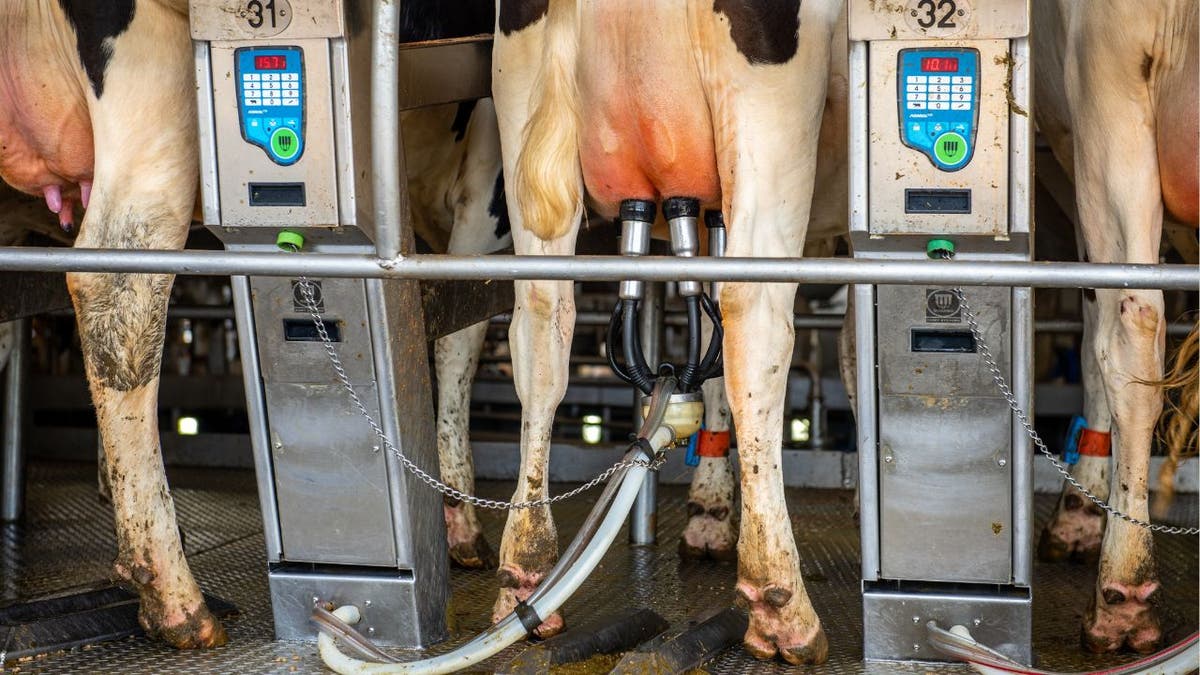
Cows being milked while riding a slowly-moving carousel. (Edwin Remsberg/VW Pics/Universal Images Group via Getty Images)
“There is no evidence to date that this is [an] infectious virus and the FDA is following up on that,” Jaykus said.
Scientists confirmed the H5N1 virus in dairy cows in March after weeks of reports that cows in Texas were suffering from a mysterious malady.
The FDA says HPAI has now been confirmed in domestic livestock in 33 herds across eight states: Idaho, New Mexico, Texas, South Dakota, Kansas, Michigan, Ohio, and North Carolina.
While the virus is lethal to commercial poultry, most infected cattle seem to recover within two weeks, experts say.
The National Milk Producers Federation (NMPF) echoed the FDA’s assertions that pasteurization is effective against HPAI and that commercial milk supply is safe.
“Viral fragments detected after pasteurization are nothing more than evidence that the virus is dead; they have zero impact on human health,” the NMPF said in a statement.
“Further, the federal PMO prohibits milk from sick cows from entering the food supply chain. Milk and milk products produced and processed in the United States are among the safest in the world.”
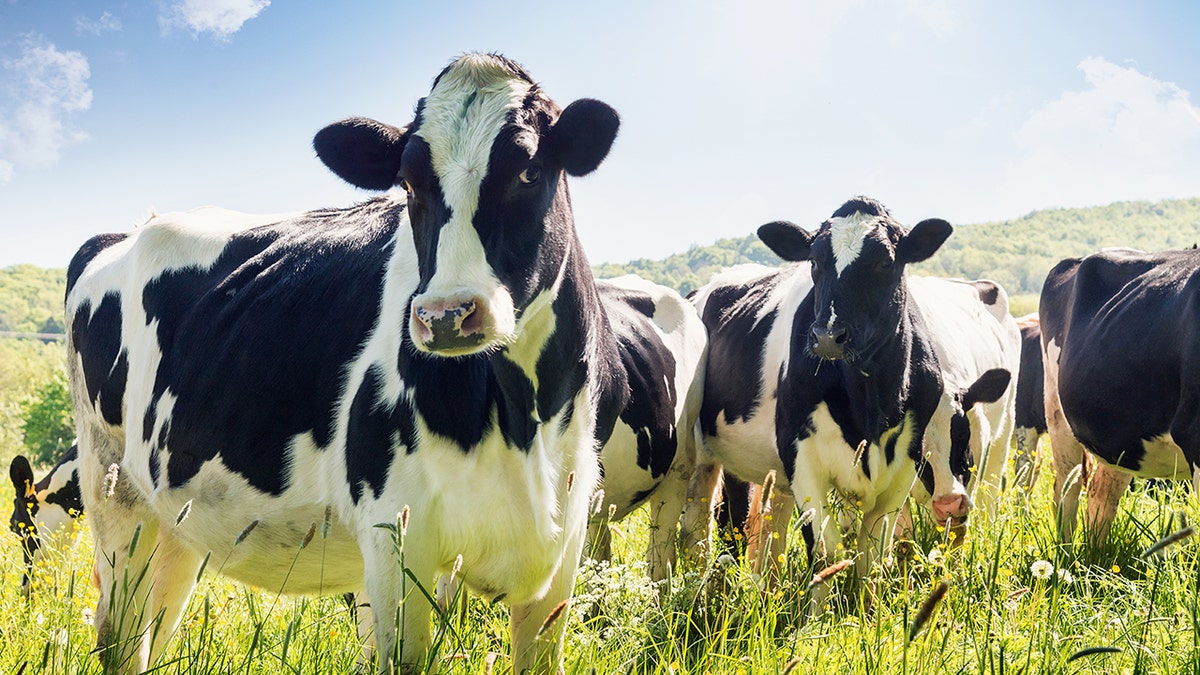
Bird flu virus has been found in samples of pasteurized milk on grocery store shelves but there is no risk to customers, the U.S. Food and Drug Administration (FDA) said Tuesday. (iStock)
The news comes after a goat in Minnesota tested positive HPAI in February, which marked the first U.S. case of bird flu in domestic cattle, sheep, goats or their relatives.
CLICK HERE FOR THE FOX NEWS APP
The positive juvenile goat was residing on a Stevens County farm that already had bird flu infected poultry, according to the Minnesota Board of Animal Health.
To date, two people in the U.S. have been infected with bird flu. A Texas dairy worker who was in close contact with an infected cow earlier this year developed “eye redness” and has recovered, according to the Centers for Disease Control and Prevention (CDC).
In 2022, a prison inmate in a work program caught it while killing infected birds at a Colorado poultry farm. His only symptom was fatigue and he also recovered.
The Associated Press contributed to this report.
Health
To keep your teeth white, bright and healthy, follow these 7 tips from dental experts

Dental hygiene is important — as is taking pride in your “pearly whites.”
But keeping your teeth bright and white can be a challenge, with various factors causing discoloration.
Dr. Ronald Santana, head of science and development at Oral Biolife in Pennsylvania, noted that tooth discoloration refers to the “staining or darkening of teeth” from internal or external factors.
TIKTOK VIDEO FROM LONDON DENTIST GOES VIRAL FOR REVEALING 3 SURPRISING TIMES YOU SHOULD NOT BRUSH YOUR TEETH
“Extrinsic discoloration is caused by color changes of the tooth enamel by external factors such as smoking, foods or beverages, including coffee, tea and red wine,” he said in a statement to Fox News Digital.
“Intrinsic discoloration affects the tooth dentin and is caused by some medications taken during childhood (tetracyclines), dental trauma and certain diseases (liver disease).”
One dentist’s rule is, “If it can stain a white T-shirt, it can stain your teeth.” (iStock)
Dr. Erin Fraundorf, owner of BOCA Orthodontic and Whitening Studio in Ladue, Missouri, agreed that numerous factors can cause the discoloring of teeth.
While there is “no way to know the cause without being evaluated and diagnosed by a professional,” the expert said that diet, smoking, medications, trauma, genetics, thin enamel and the wearing down of teeth via grinding and chewing can all lead to discoloration.
IS MOUTH BREATHING BAD FOR YOUR TEETH? DENTAL PROFESSIONALS SHARE RISKS AND REMEDIES
“A good general rule of thumb is that if it can stain a white T-shirt, it can stain your teeth,” she told Fox News Digital.
Santana and Fraundorf offered seven tips on how to get your teeth whiter and brighter.
1. Develop an oral care routine
Fraundorf recommended brushing at least twice a day with an electric toothbrush and using toothpaste with fluoride or nano-hydroxyapatite (nHA).
“Avoid using charcoal or other abrasive toothpastes, as they damage enamel over time, making teeth darker,” she said.
THESE ARE THE WORST DENTAL MISTAKES YOU CAN MAKE FOR YOUR TEETH
“Transform mundane oral care into a self-care ritual to make it an experience,” she added.
While some people might feel inclined to try at-home teeth-whitening remedies, Santana stressed that “care should be exercised in selecting a safe and effective at-home approach for tooth whitening.”

Experts say it’s best to avoid using charcoal or other “abrasive” toothpastes. (iStock)
“Avoid trying at-home approaches before seeing a dentist, because some substances may damage the tooth enamel,” he warned.
“Adequate” toothbrushing is an “effective” way to reduce the discoloration of your teeth, according to Santana.
PRACTICE GOOD ORAL HYGIENE TO PROTECT YOURSELF AGAINST PERIODONTITIS
“Tooth brushing with a correct brushing technique, employing a whitening dentifrice and using an electric toothbrush are effective resources to reduce tooth discoloration.”
Fraundorf added that flossing with toothpaste, using a water flosser to remove plaque and using a tongue scraper daily to decrease bacteria can also promote whiter teeth.
2. Drink more water
Water is “the best thing you can drink to keep your teeth healthy and white,” according to Fraundorf.
“Next time you have that cup of coffee or glass of red wine, take a swig of water in between sips and briefly swish around,” she advised.

Water is “the best thing you can drink to keep your teeth healthy and white,” a dentist suggested. (iStock)
“Water will not only prevent the staining particles from clinging onto your teeth, it will also help neutralize the acidity of the beverage.”
Fraundorf also recommended choosing flat water rather than sparkling.
“Drink and swish with it frequently to neutralize your oral environment and fight stains,” she suggested.
3. Chew sugar-free gum
Studies suggest that cavities are “significantly lower” in patients who chew sugar-free gum for 20 minutes after a meal, Fraundorf noted.
DENTISTS REVEAL WHY YOU SHOULDN’T BRUSH YOUR TEETH IN THE SHOWER
“Chewing sugar-free gum increases salivary flow by stimulating mechanical and taste receptors in the mouth,” she told Fox News Digital.
“Saliva helps wash away food particles as well as dilute and neutralize acids produced by plaque bacteria on teeth, leading to a reduction in cavities and stains.”
4. Drink through a straw
Using a straw, especially when drinking dark, acidic or sugary beverages, can help decrease the contact these substances make with your teeth.

Drinking through a straw decreases the liquid’s contact with your teeth, experts advised. (iStock)
“For extra credit, try drinking beverages more quickly to reduce the amount of time your oral environment is exposed to a lower pH, therefore decreasing the amount of enamel damage,” Fraundorf said.
5. Fight stains with fruits and veggies
Certain foods and drinks — such as red wine, soda, soy sauce, curry, balsamic vinegar and coffee — may stain your teeth and should be avoided, Santana said.
ASK A DOC: ‘WHY DO MY GUMS BLEED AFTER I BRUSH MY TEETH, AND WHAT SHOULD I DO ABOUT IT?’
“Moreover, although the scientific evidence is limited, consumption of a balanced, healthy diet — containing strawberries, grapes, apples, watermelon, papaya, pineapple, cheese, celery, carrots, broccoli and almonds — may limit tooth staining,” he noted.
Fraundorf agreed that “superfoods may be one of the best (and tastiest) ways to whiten your teeth naturally.”
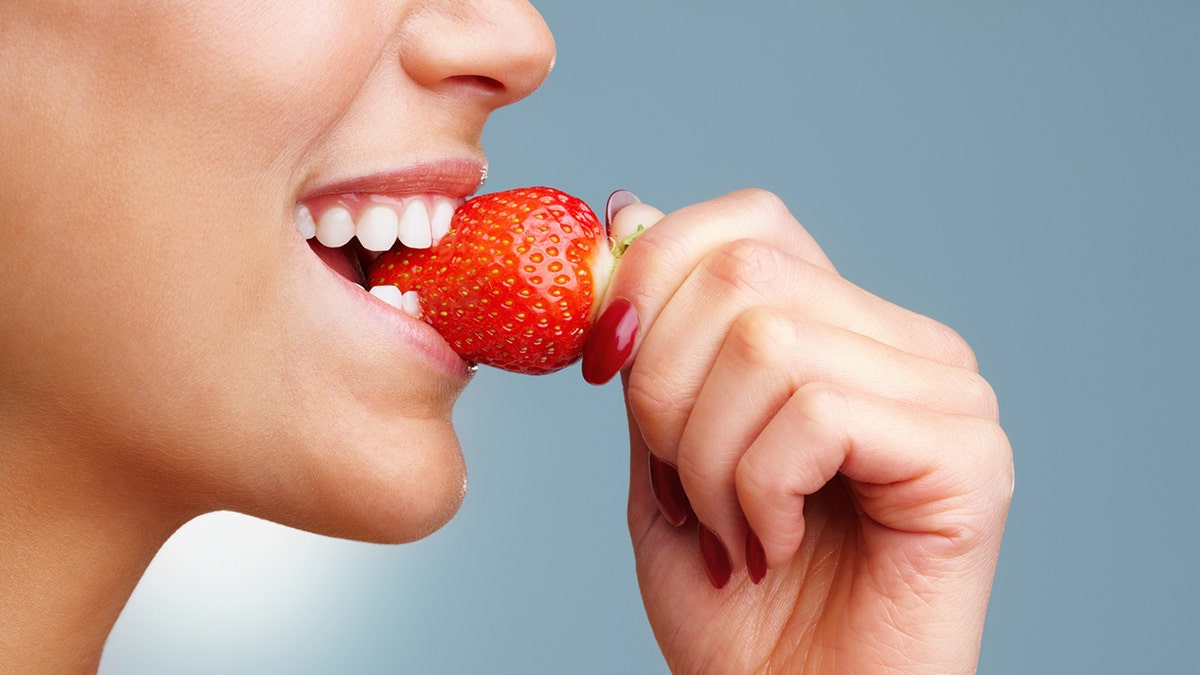
Superfoods like strawberries can help whiten teeth, according to experts. (iStock)
“Strawberries, apples and watermelon all contain a lot of malic acid, which helps whiten your smile by removing surface stains and increasing saliva,” she said.
Other superfoods that can help whiten teeth include celery and leafy greens, since their “fibrous textures act like a natural toothbrush, exfoliating plaque off your teeth,” Fraundorf added.
CLICK HERE TO SIGN UP FOR OUR HEALTH NEWSLETTER
“Dark, leafy greens also contain calcium, counteracting the effects of acids, and an abundance of folic acid, which is essential to gum tissue cell growth.”
6. Visit the dentist
“Maintaining excellent oral health is the most important thing you can do to achieve a bright smile,” Fraundorf told Fox News Digital.
“Set a calendar reminder to get regular check-ups and cleanings with your general dentist.”
Santana added, “Your dentist can prescribe safe and customized resources for tooth whitening tailored to your specific needs.”

Patients should visit the dentist for a general check-up every six months, experts recommended. (iStock)
7. Consider professional teeth whitening
Although being diligent about oral care can help keep teeth bright, Fraundorf suggested that professional teeth whitening could be necessary to “take your smile to the next level.”
“Maintaining excellent oral health is the most important thing you can do to achieve a bright smile.”
“Whitening treatments are not one-size-fits-all, so it is important to seek customized care,” she said.
“The most ideal whitening treatment is one specific to you, crafted based on your unique smile goals, teeth composition, diet, sensitivity level and lifestyle.”
She added, “A multitude of factors go into a proper diagnosis and customized treatment plan for teeth whitening to ensure the best, most comfortable, beautiful results.”
Artificial tooth structures, like crowns, veneers and composites, won’t whiten, according to the expert — which means whitening these teeth will require extra restorative work.
For more Health articles, visit www.foxnews.com/health.
-

 World1 week ago
World1 week agoIf not Ursula, then who? Seven in the wings for Commission top job
-

 Movie Reviews1 week ago
Movie Reviews1 week agoMovie Review: The American Society of Magical Negroes
-

 News1 week ago
News1 week agoGOP senators demand full trial in Mayorkas impeachment
-

 Movie Reviews1 week ago
Movie Reviews1 week agoFilm Review: Season of Terror (1969) by Koji Wakamatsu
-

 World1 week ago
World1 week agoCroatians vote in election pitting the PM against the country’s president
-

 World1 week ago
World1 week ago'You are a criminal!' Heckler blasts von der Leyen's stance on Israel
-
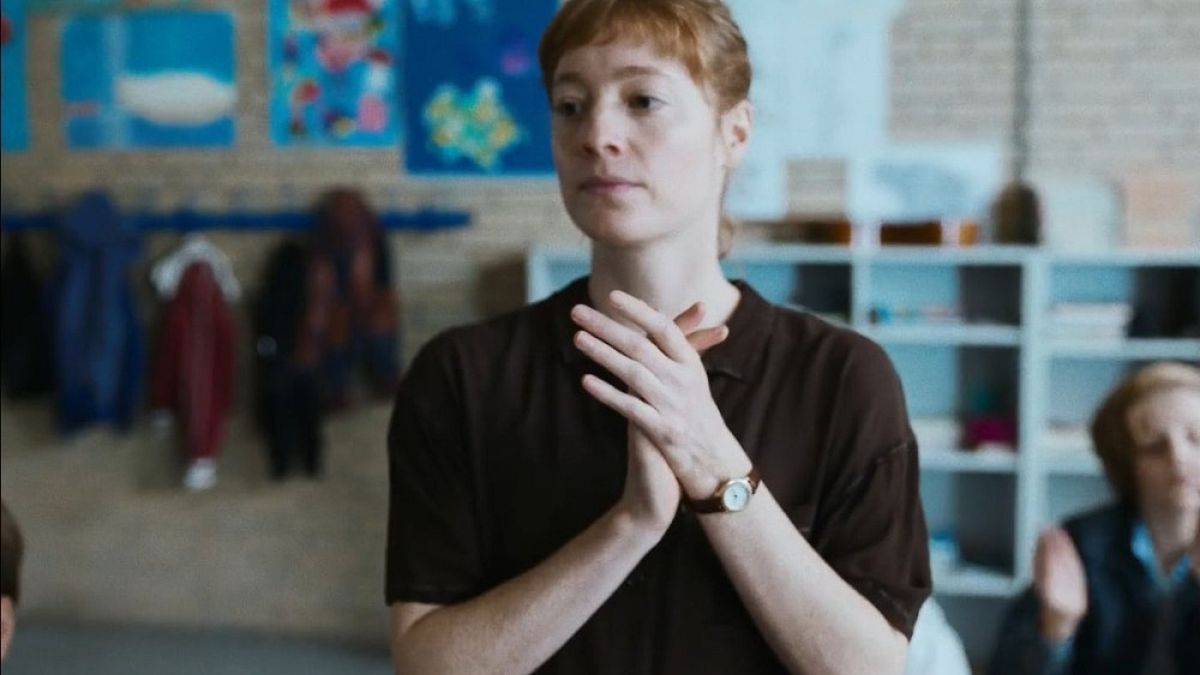
 World1 week ago
World1 week agoAnd the LUX Audience Award goes to… 'The Teachers' Lounge'
-

 Politics1 week ago
Politics1 week agoTrump trial: Jury selection to resume in New York City for 3rd day in former president's trial
